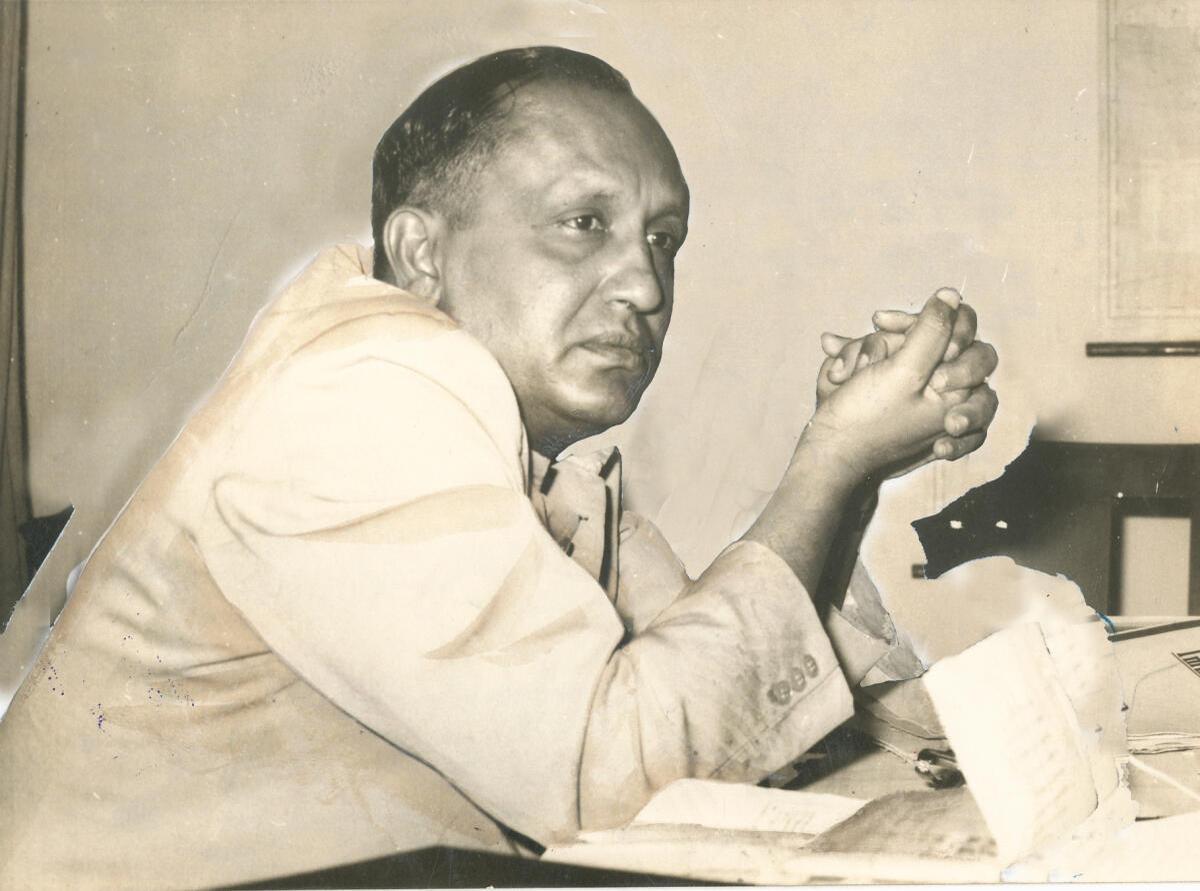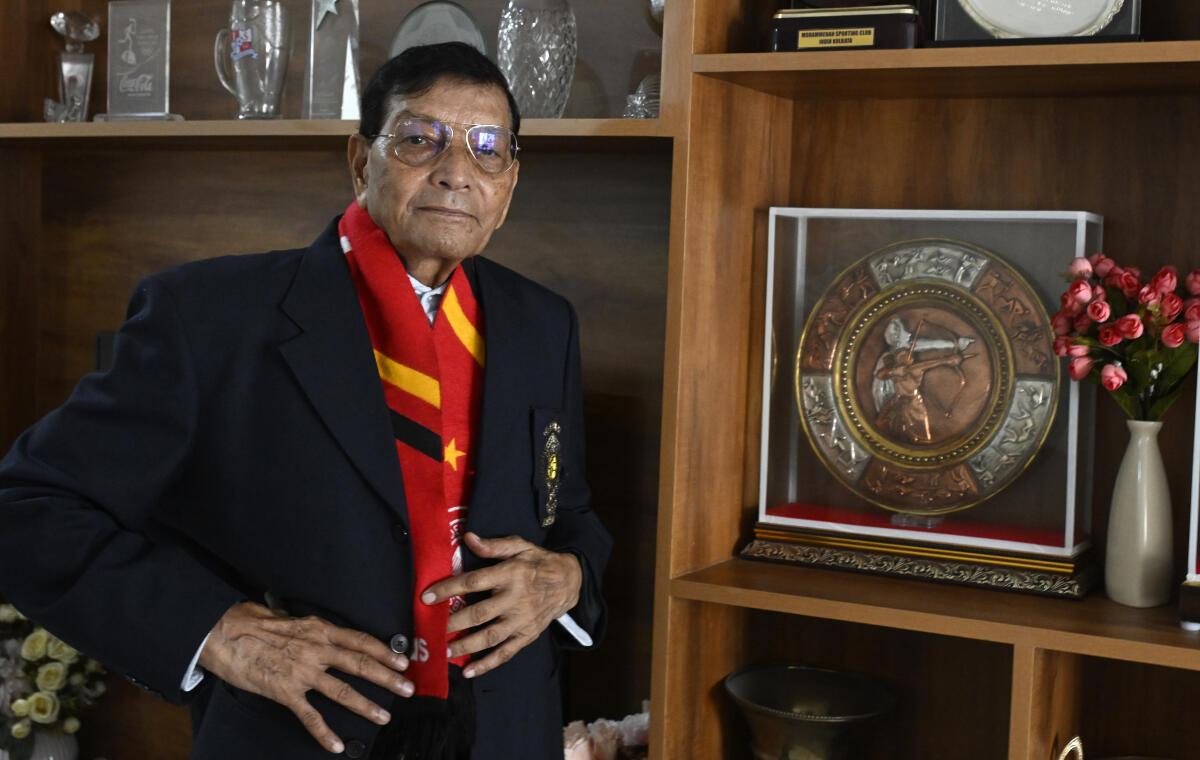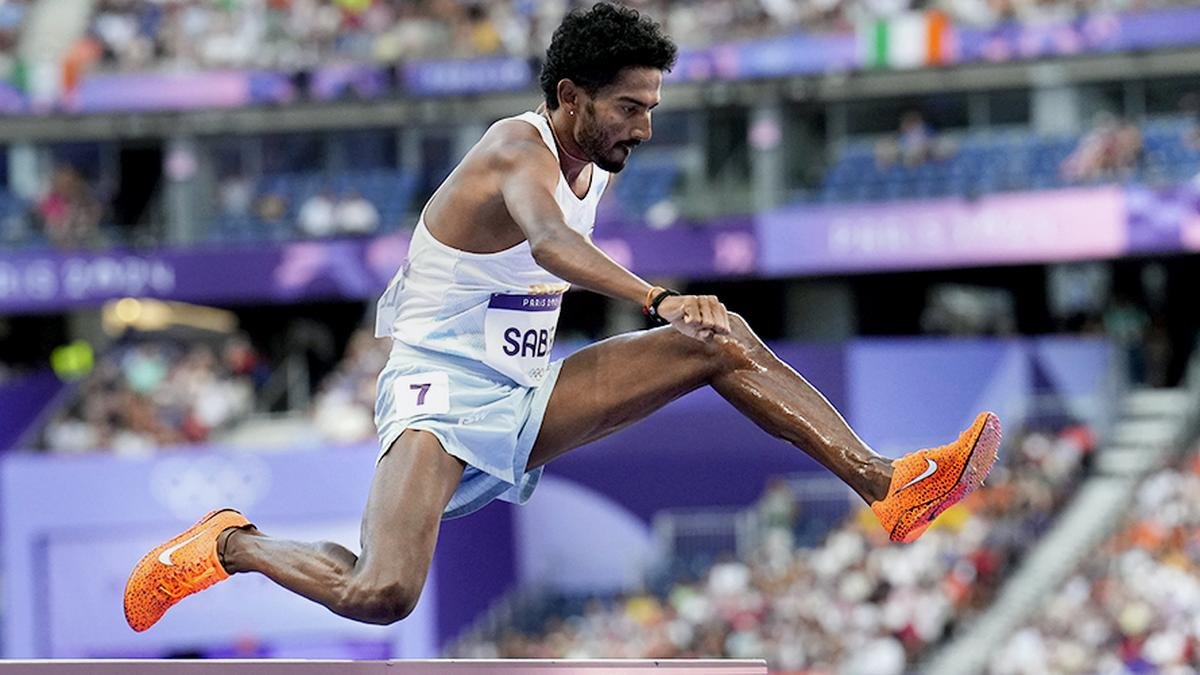When India’s men’s national football team returned to Hyderabad for the first time in 16 years to play the Intercontinental Cup, the vibrant metropolis remained largely indifferent.
But once there was a Hyderabad, where the beautiful game reigned supreme, birthing Indian football’s biggest gems like Tulsidas Balaram, Peter Thangaraj, Syed Nayeemuddin, SK Azizuddin, Shahid Wasim, Mohammed Habib, Shabbir Ali and Victor Amalraj.
The birth of the legacy
Hyderabad’s sports federation was formed in 1939 and was named the Hyderabad Football Association (HFA) after an initiative by its first secretary Syed Mohammad Hadi. Ghulam Muhammad was named the first president of the HFA. In 1942, Hadi became president, while legendary Indian coach Syed Abdul Rahim donned the role of the secretary.
In 1959, under the leadership of the then All India Football Federation (AIFF) vice-president Shiv Kumar Lal, the Andhra and Hyderabad Football Associations merged to form the Andhra Pradesh Football Association.
The Hyderabad football team has appeared in four Santosh Trophy finals, winning the trophy twice, beating Bombay in the 1956-57 and the 1957-58 editions under the tutelage of Rahim.
The team competed as the Hyderabad football team until 1959 when the HFA was merged with the Andhra Football Association to establish the combined team as Andhra Pradesh football team.
The Policemen
In the Golden Era of Indian football (1950s to 1970s), along with heavyweights such as East Bengal and Mohun Bagan, another team was feared throughout the country for its on-pitch prowess.
The modern generation of Indian football fans may not be familiar with the name of the Hyderabad City Police Football Club, but it will always remain in the annals of the country’s footballing legacy.
Coached by a revolutionary in Rahim, the team caused significant tremors in Indian football and dominated across the 1950s. Rahim saab (as Rahim is fondly remembered) is mostly acknowledged for his work with the Indian national team, but his achievements with the Hyderabad Police are often overlooked.
There is much debate at the moment, given Manolo Marquez’s dual role, which sees him managing the Indian national team and FC Goa simultaneously. But Rahim did the same over 70 years ago.
Along with serving as the Indian football coach from 1950 till his death in 1963 (winning Asian Games gold in 1951 and 1962, along with leading India to the semifinals of the 1956 Summer Olympics in Melbourne), he simultaneously coached Hyderabad City Police. With Rahim’s popular 2-3-5 formation, the City Afghans (as the team was popularly known back then) went head-to-head with the stalwarts of Indian football, such as East Bengal and Mohun Bagan.
Formed in 1941 with football-loving police official Lal playing a big part, the club enjoyed pre-independence success, winning the Stafford Challenge Cup in 1941 and the Madura Cup in 1947.
However, it was during Rahim’s time when Hyderabad City Police etched its place in Indian football legacy, winning 16 trophies in 13 years (Four Durand Cups, Nine Rovers Cups, Two DCM trophies and one-time champion of the Sait Nagjee Football Tournament).

Shivkumar Lal had a big hand in the shaping of the Hyderabad City Police Football team.
| Photo Credit:
THE HINDU ARCHIVES
Shivkumar Lal had a big hand in the shaping of the Hyderabad City Police Football team.
| Photo Credit:
THE HINDU ARCHIVES
Hyderabad City Police did not just win titles but was known as one of the powerhouses of Indian football, producing some of India’s most legendary players like Muhammad Noor, Syed Nayeemuddin, Anthony Patrick, and Mohammed Yousuf.
“Rahim saab was a learned man and a strict disciplinarian. He focused on hard work. Whenever you want something, you need full focus, and only then you will achieve it. Nowadays, it is difficult to find that,” former India captain and coach Syed Nayeemuddin told Sportstar. Nayeemuddin had played in his early days under the legendary Rahim in the Hyderabad City Police team.
“We had players like Mohammed [Yusuf] saab, [Syed Shahid] Hakim saab, and so many others. What players they were – naturally gifted. Then there was the greatest keeper, Peter Thangaraj saab. Difficult to find these kind of players today,” Nayeemuddin added.

Mohammed Yousuf began his football career with the Hyderabad Sporting Club. In 1955 he joined Hyderabad City Police and has also played for the State.
| Photo Credit:
THE HINDU ARCHIVES
Mohammed Yousuf began his football career with the Hyderabad Sporting Club. In 1955 he joined Hyderabad City Police and has also played for the State.
| Photo Credit:
THE HINDU ARCHIVES
With Hyderabad being a footballing powerhouse in those days, there were times when Mohun Bagan and East Bengal used to try and poach players from the local Hyderabadi clubs and sign them to play for their respective clubs. “When I got the offer from East Bengal, Rahim saab was not in favour [of the move]. But with due respect, I told him, and I moved because I got a good offer from East Bengal,” Nayeemuddin recalls.

Syed Nayeemuddin, former coach and captain of the Indian football team, poses with his Arjuna Award at his residence in Hyderabad.
| Photo Credit:
RAMAKRISHNA/The Hindu
Syed Nayeemuddin, former coach and captain of the Indian football team, poses with his Arjuna Award at his residence in Hyderabad.
| Photo Credit:
RAMAKRISHNA/The Hindu
Cut to the present, with poor investment in grassroots development, Hyderabad has fallen behind in terms of producing footballers. Hyderabad FC, the city’s only club in the Indian Super League (ISL) was in financial turmoil for a long time and was in danger of not even playing in the competition this season.
However, a recent takeover by the BC Jindal Group has provided a reprieve for the club, which won the ISL title in the 2021-22 season.
After hosting the 2024 Intercontinental Cup, doors have opened up for a possible collaboration between the AIFF and the city of Hyderabad, where significant measures can be introduced to invest in grassroots football in the state and re-instil the love for the game among the public.
After a recent meeting, where AIFF president Kalyan Chaubey met Telangana Chief Minister Revanth Reddy, Chaubey said, “I’m glad the Honourable CM Sh. Revanth Reddy Ji could meet during his busy Assembly session, and we two could discuss and deliberate on Telangana’s collaboration with AIFF. The Honourable CM immediately expressed his keenness to onboard the footballing journey in reviving the sport in the State.
“Historically, Hyderabad has an inherent football legacy of the 1950s to 80s, when the Hyderabad City Police team was a household name and the ever-inspiring bravery of legendary SA Rahim, who not only excelled on the field but also had an illustrious career as India’s coach. If Kolkata then was known as the mecca of football in India, Hyderabad had equally commanded the same respect in Indian football. And today, this city with its historic significance, is once again ready to reverberate football in the region,” added the AIFF president.





